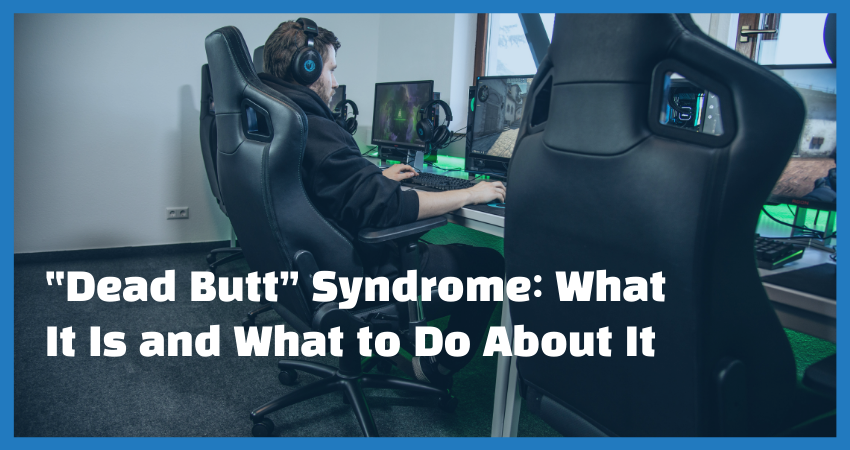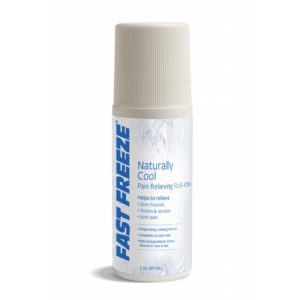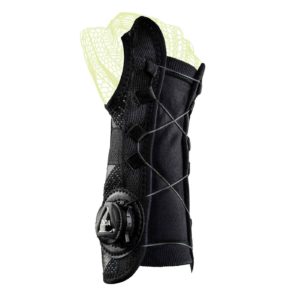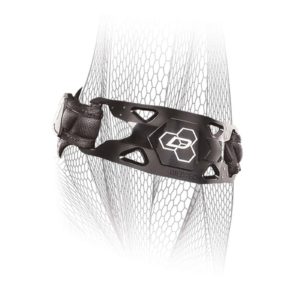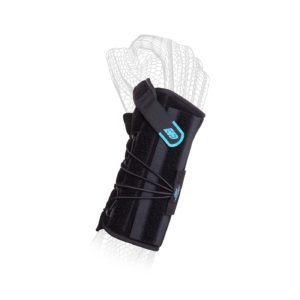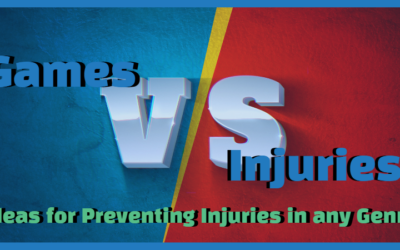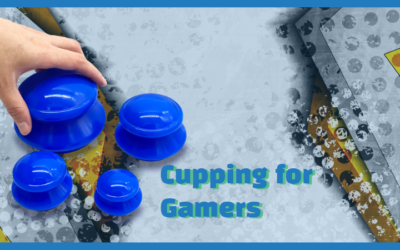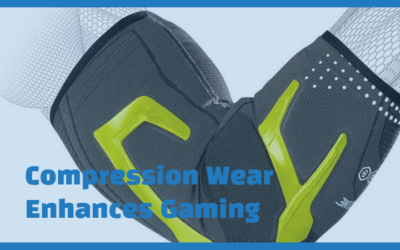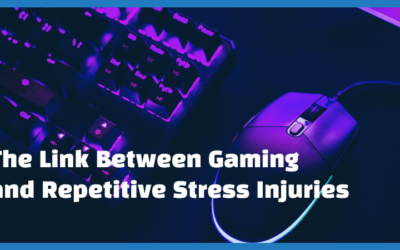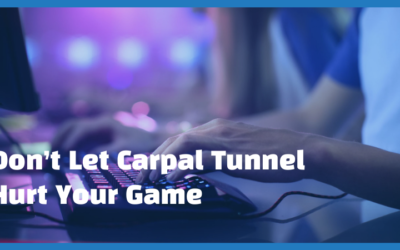It may sound funny, but “dead butt” syndrome is no joke. If lots of time sitting makes you feel numbness, soreness, pain, or stiffness, you may be experiencing dead butt syndrome.
What is “dead butt” syndrome?
Dead butt syndrome, or gluteus medius tendinopathy, is usually caused by frequent sitting. It happens when your glute muscles ‘forget’ their main function and fail to keep your body in alignment. In other words, sitting for long periods of time without using your glutes can hinder your nervous system’s ability to control them.
Dead butt syndrome (DBS) can cause a range of postural imbalances, which is why it often goes hand in hand with lower cross syndrome, a muscle imbalance marked by visible anterior pelvic tilt.
These two conditions are different, but they both tend to stem from the same problem: frequent sitting and inactivity. While dead butt syndrome is caused by weak, inactive glute muscles, lower cross syndrome is caused by a weak, inactive core.
Now let’s talk about symptoms to watch out for, plus how to prevent or recover from these conditions.
DBS potential symptoms
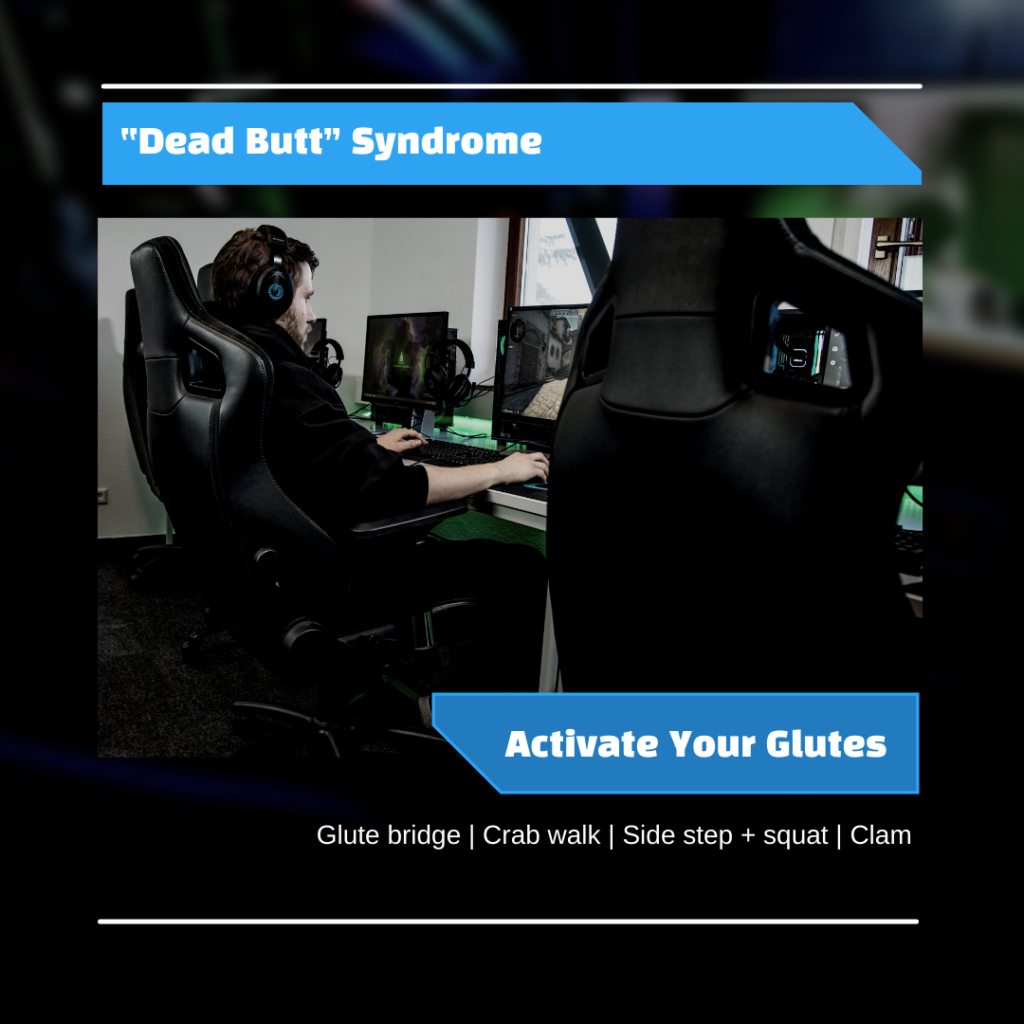
The most common symptoms of dead butt syndrome are numbness or soreness in your glutes. Other symptoms include:
- Pain (including knee pain)
- Nerve pain (similar to sciatica)
- Reduced flexibility
- Gait problems
- Weakness
- Stiffness
Since sitting can lead to other problems—including edema (swelling) and impaired circulation—it might be worth revisiting your daily routine. Thankfully, dead butt syndrome can be reversed simply and easily. How? By activating your glutes.
(Photo by ELLA DON on Unsplash)
4 Easy Ways to Activate Your Glutes
Glute bridge
Glute bridges help strengthen your glutes and increase your mind-body connection. Here’s how to do them.
- Lie flat on the ground on your back.
- Draw your knees up and bend them while keeping your feet flat on the ground.
- Here’s the important part: Squeeze your glutes and push upwards until your back/butt have lifted off the floor.
- Keep your glutes engaged and try not to rely on your leg muscles too much.
You can do sets of 10-20 glute bridges as needed. They also make a pretty great quad stretch.
Glute bridge
Glute bridges help strengthen your glutes and increase your mind-body connection. Here’s how to do them.
- Lie flat on the ground on your back.
- Draw your knees up and bend them while keeping your feet flat on the ground.
- Here’s the important part: Squeeze your glutes and push upwards until your back/butt have lifted off the floor.
- Keep your glutes engaged and try not to rely on your leg muscles too much.
You can do sets of 10-20 glute bridges as needed. They also make a pretty great quad stretch.
Crab walk
To make the crab walk more effective, you can add a resistance band to the mix. Here’s how you do this exercise, with or without a band.
- Begin by standing in a high squat with your feet hip-width apart. Take a step towards the side, then follow with your other foot.
- Now go the other direction. Take a step to the other side, following with the other foot.
- Keep your awareness on your glute muscles as you move.
Side step + squat
This exercise targets the gluteus medius directly.
- Stand up and place your feet about as wide as your hips. Bend your knees enough to get into a deep squat.
- As you come out of the squat, press down hard with one foot and take some weight off the other, almost like you’re doing a cossack squat.
- On your next squat, reverse the process, and press down hard with the other foot.
See if you can do 20 reps. If you can, you’re doing great!
Clam
This exercise also does a great job of targeting the gluteus medius. Plus, it helps with hip stabilization.
- Lie down on the floor on your left side. Your hips should be touching the floor.
- Raise your upper body up with your left forearm. Your knees should be bent in front of you and touching each other.
- Raise your top leg (your right leg) as high into the air as you can. You should really feel it in your glutes and hip flexors.
- Do 10 reps of raising and lowering your right leg, then switch to the other side. If 10 reps are too easy, add a resistance band.
How to Recover From Lower Cross Syndrome
First, if you want to reduce dead butt/lower cross syndrome, try sitting less. There’s nothing like getting to the root of the problem. Sitting less is as easy as installing a standing desk. Or, just getting up and stretching from time to time.
“Sitting too long can restrict the blood flow, causing gluteal amnesia, which can lead to hip pain, lower backache, and problems with your ankles. The glutes will fail to fire properly even when performing exercises targeting the glutes,” fitness trainer Donovan Green says.
According to physical therapist Kelly Starrett, the reason why sitting less works is simple. Your glutes aren’t designed to bear weight for hours on end. And—if you must sit—variety is the spice of life. Try sitting on an exercise ball from time to time, or switching up your chair.
Natural Cures for Dead Butt and More
Finally, try CBD-infused topicals! While we don’t advocate using CBD products as a band-aid solution, it’s a great way to get fast-acting pain relief with a minimum of negatives. Pair a CBD topical with GAMER RLSE Half Moon for a soothing glute massage.

